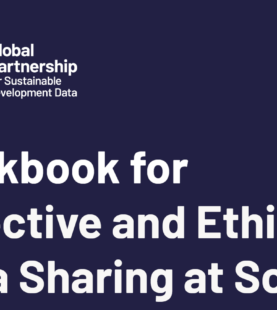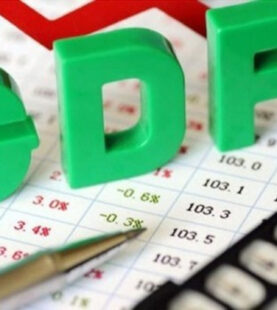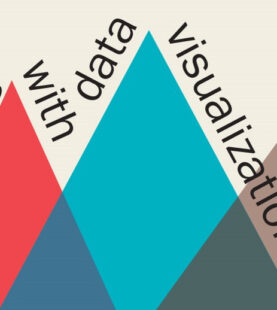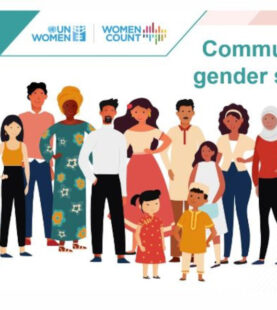Data literacy training

Course Description
What is data literacy?
Data literacy is the ability to derive meaningful information from data. It focuses on the competencies involved in working with data including the knowledge and skills to read, analyze, interpret, visualize and communicate data as well as understand the use of data in decision-making.
Data literacy also means having the knowledge and skills to be a good data steward including the ability to assess the quality of data, protect and secure data, and their responsible and ethical use.
Learning Outcomes
The data literacy learning catalogue is organized by the steps on the data journey from data collection to storytelling. The journey addresses the following data competencies:
Data analysis | Data awareness | Data cleaning | Data discovery | Data ethics | Data exploration | Data gathering | Data interpretation | Data management and organization | Data modeling | Data stewardship | Data tools | Data visualization | Evaluating data quality | Evaluating decisions based on data | Evidence based decision-making | Metadata creation and use | Storytelling
Requirements
- Ability to work with spreadsheets and basic understanding of graphs and charts
Features
- This course is provided by Statistics Canada (https://www.statcan.gc.ca/en/wtc/data-literacy) and curated through eCISTAR.
Target audiences
- This training is aimed at those who are new to data or those who have some experience with data but may need a refresher or want to expand their knowledge.






